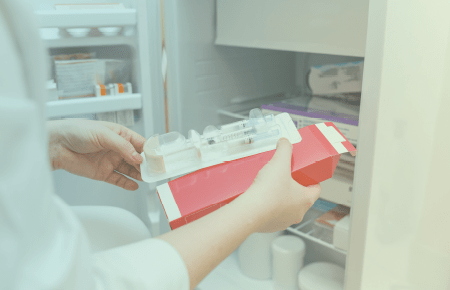10 BIOSIMILARS BY THE END OF 2023
Adalimumab continues to rank number one for biosimilars, accounting for 4.78% of all Provista and Vizient member spend. Adalimumab — or brand name Humari — is used to treat rheumatoid arthritis, psoriatic arthritis, Crohn's disease and other conditions. Payer preference will largely impact the utilization of biosimilar adalimumab, according to the Market Outlook.
The launch of adalimumab in the self-administered outpatient space is expected to significantly impact healthcare systems, Provista members and members’ patients. Provista says a total of 10 biosimilar products will likely be available by the end of 2023. Currently, seven are approved, with three more anticipated by year’s end.
“Conversations with physicians and the impacted service lines should take place now to align understanding and preference for biosimilar products,” the Market Outlook states.
Primary attributes likely to impact the utilization of biosimilars include:
- Formulation
- Delivery device
- Interchangeability
- Payer preference
- Patient assistance programs
“As seen with infliximab (a drug used to treat autoimmune diseases) when the originator product is preferred by payers over the biosimilar, the uptake of the biosimilar products will be minimal until biosimilar parity by the payer is updated,” according to the Market Outlook.




